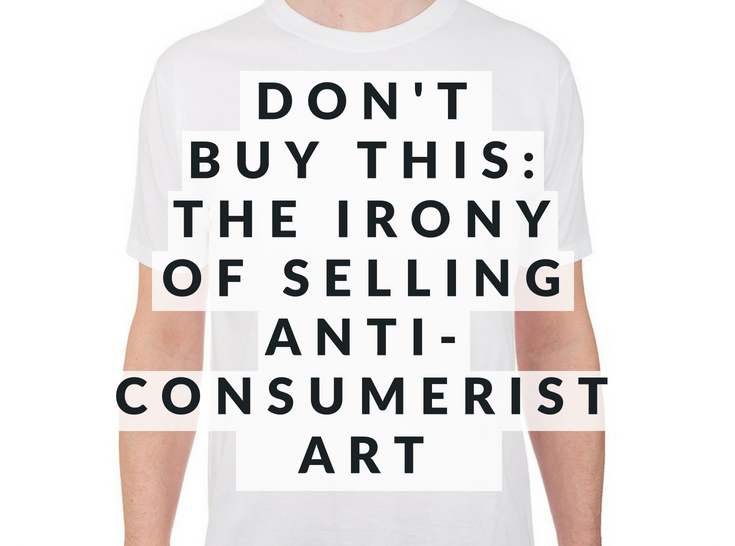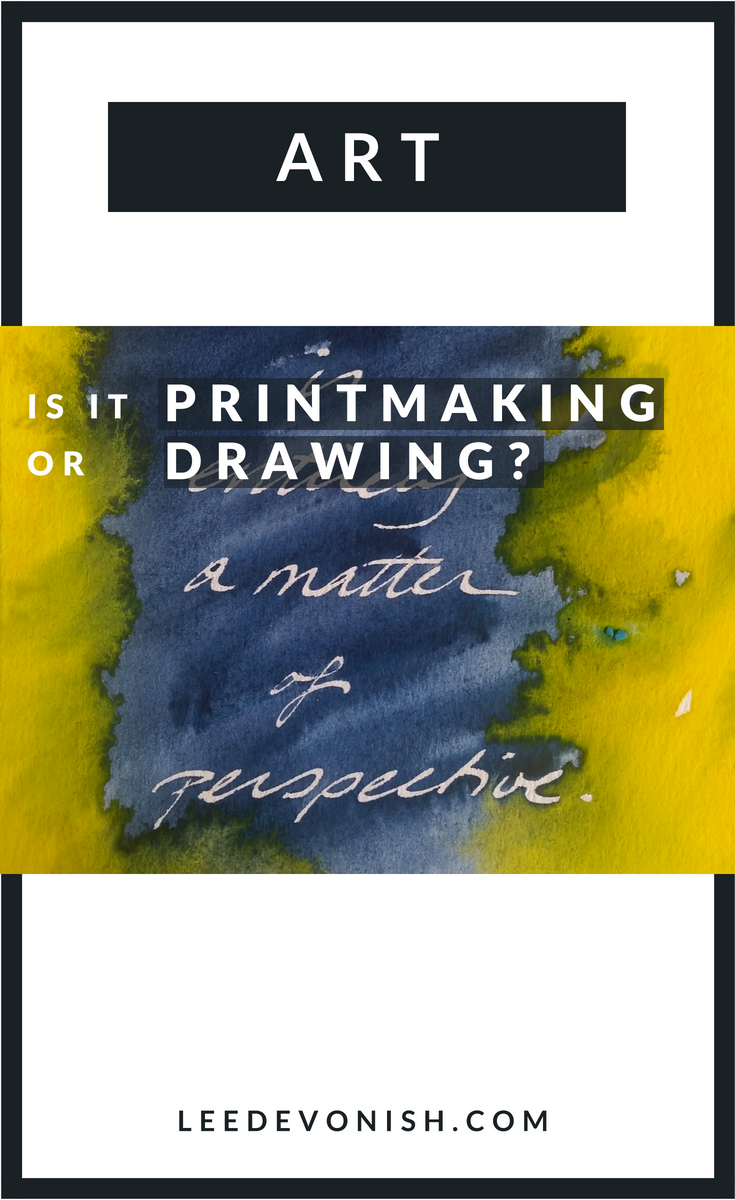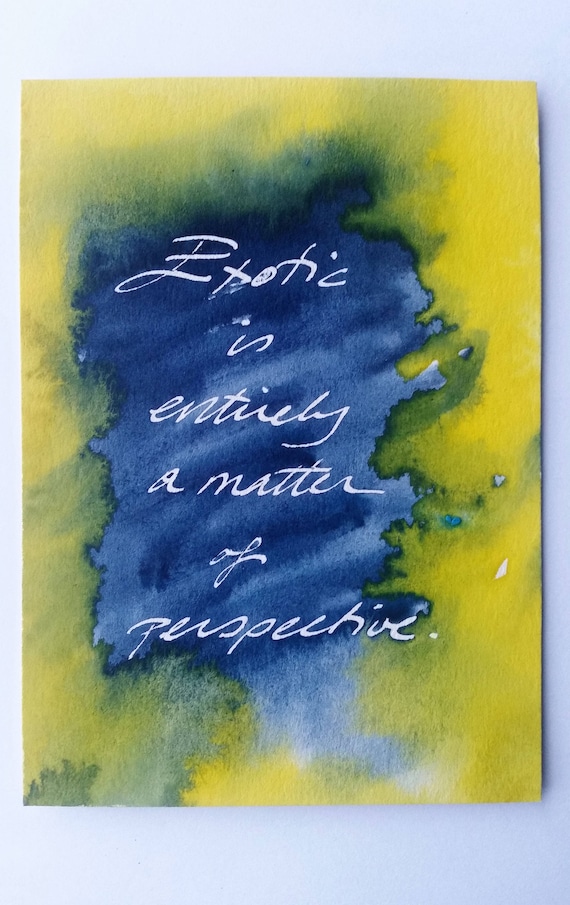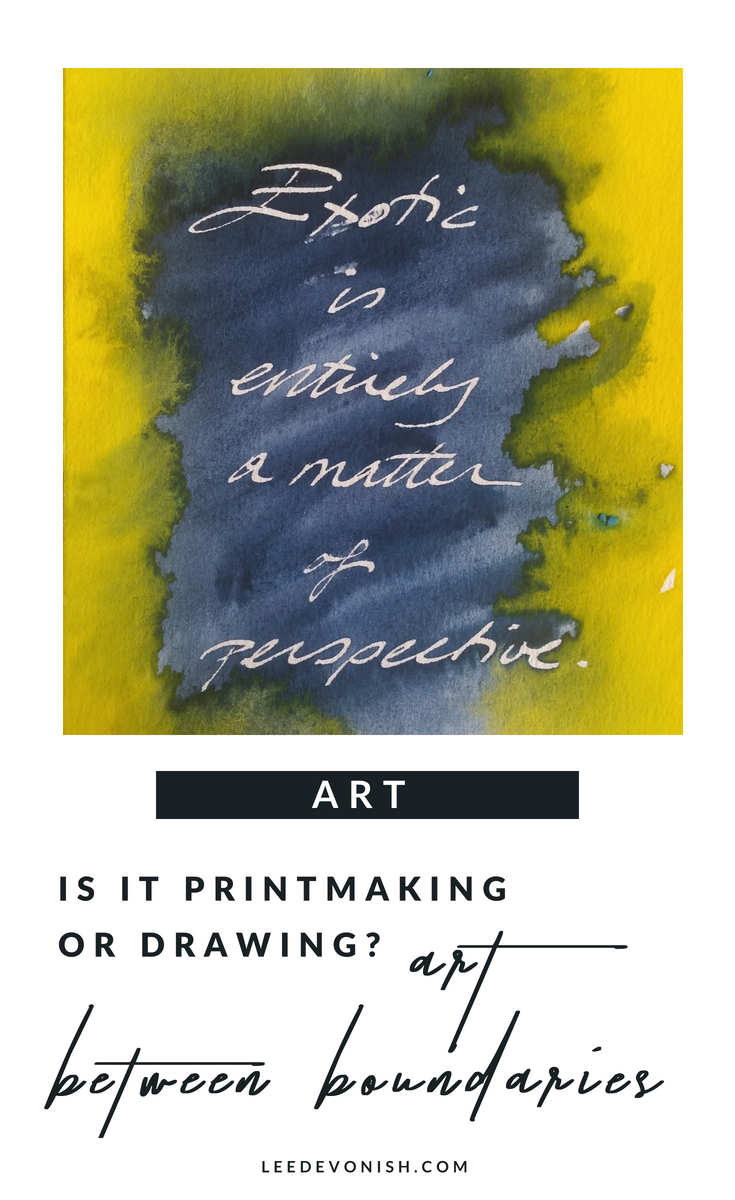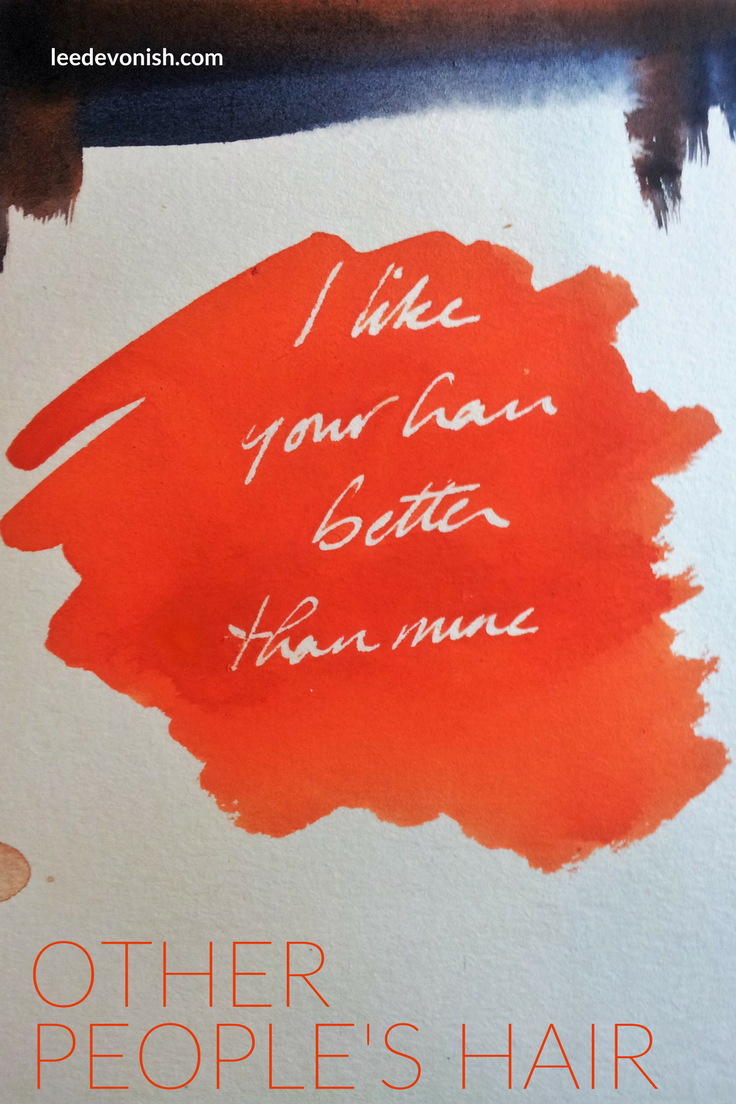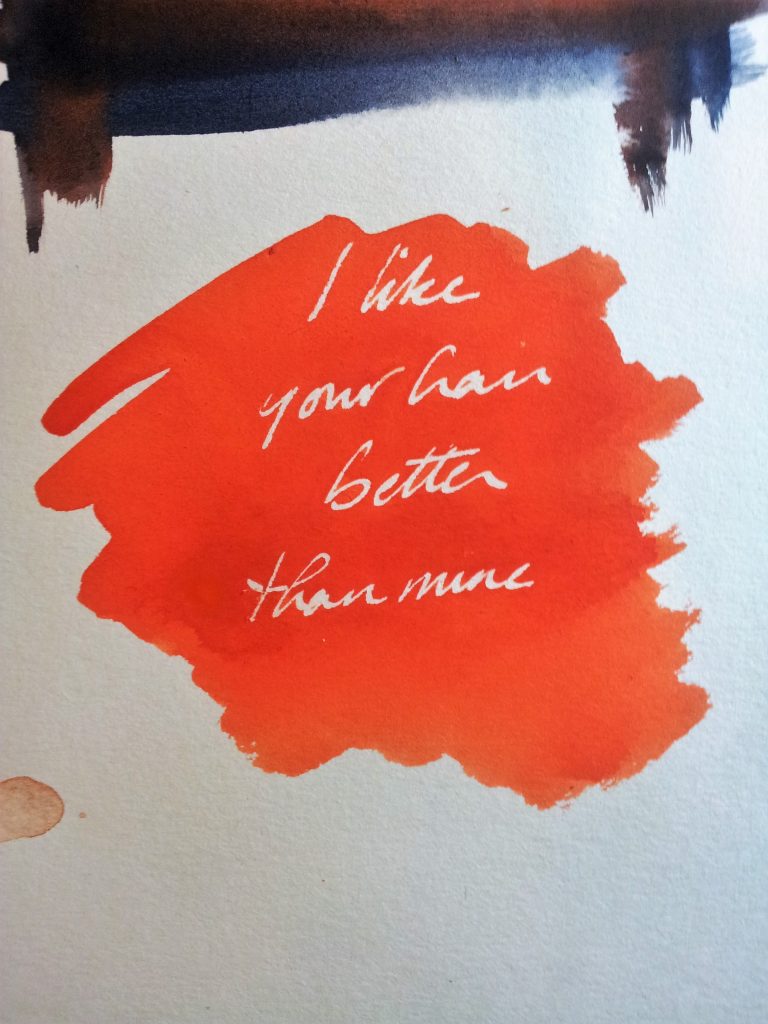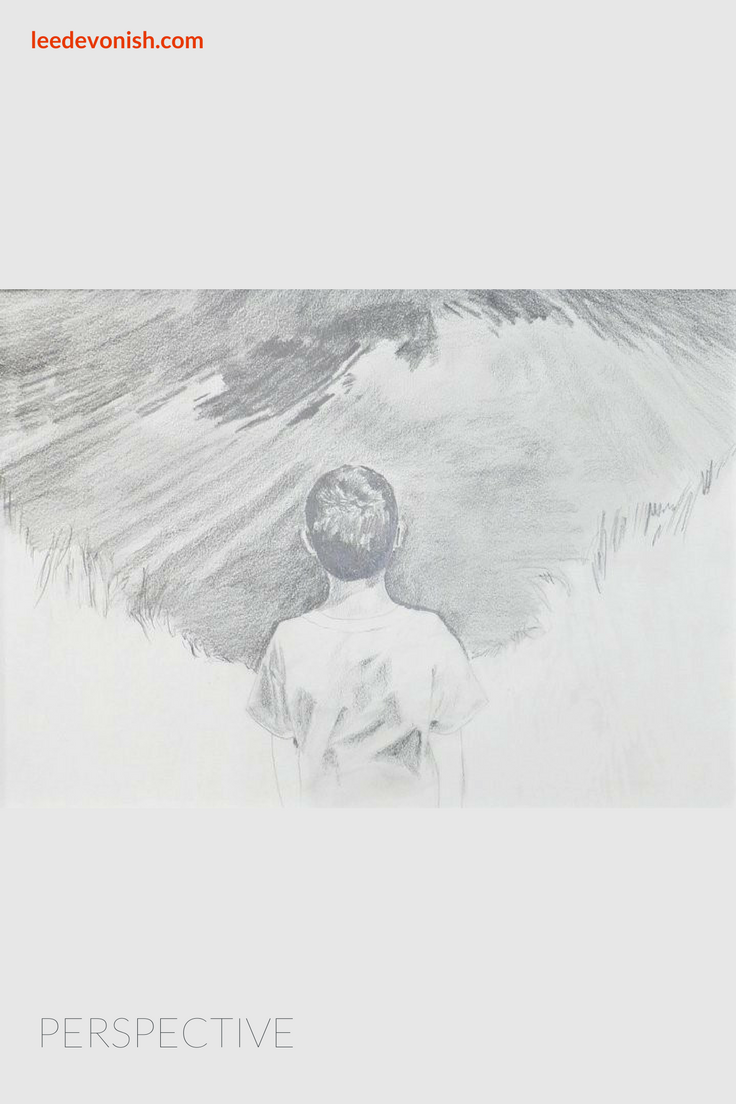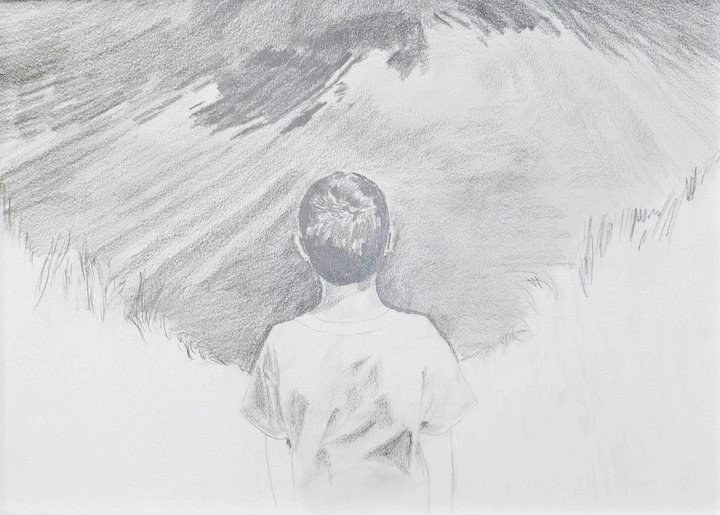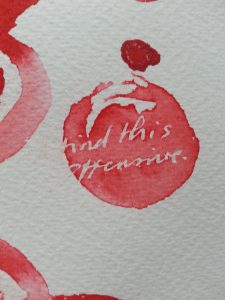Don’t buy this: the irony of selling anti-consumerist art
I’ve always considered myself to be in the anti-consumerism camp, but gradually, I started to question myself. As I started to lean towards selling my work (or at least considering making some new art for sale, something I had not wanted to do for a long time), I wondered if I could still be anti-consumerist. How true can that be of anyone who offers anything for sale?Consumerism is about more than simply buying, though; it’s the buying into the incessant bombardment of products and services that we’re told we need to become, and then remain, happy and acceptable to others. I knew this, but my aversion to selling came from something else.
For years I’d been the charity shop regular, happy in my penny-pinching, eco-smug ways. I also had a period of intensive making for a craft business I ran, which eventually led to my shrieking and running away from all aspects of routine production and making anything for sale. I basically overdid it and ended up hating it, so any way that I could make a living from art that didn’t involve selling art sounded absolutely perfect.
Combining conceptual and commercial art
In time I came back around to the idea of making work for sale. I had to play around with the idea of purposefully making something for sale that expressed my dislike for both selling and buying.
It started off by developing a screen printed image from my handwritten instruction: “don’t buy this.”
The great thing about it was that whilst it was displayed in a gallery setting, it would make perfect sense. After the point of sale, would it work as a message? The message would have been ignored, but the art would exist in the process of a buyer seeing and acknowledging my message, and either accepting or ignoring it… the process of selling would be part of the artwork.
Maybe it would work as a warning not to buy into the message at all – the message of conceptual art itself.
By shifting the artwork from a screen print – the pop art cousin in the fine art family – to print-on-demand goods, the whole thing turned into a conceptual art exercise.
The simple message
Thanks to print-on-demand I have little control over the actual product, but the fact that my message is applied to a product links me to it, or embeds me in it. Perhaps that’s the purest form of a conceptual work of art – an idea that can embed the artist within anything.
Each one of us would take something different from a product like this, which is essentially a message. Too simple? Too convoluted? Recently, I’ve come to appreciate the quality of simplicity. Artists can tend to overstate the obvious out of fear of appearing to lack depth, but this often ends in a deep pool of artspeak.
Mass-marketed pop as random deep thinking
Perhaps the most exciting thing about using a print-on-demand service to distribute my work is seeing what it’s applied to in actuality.
I love that someone chose this for a laptop skin. I love the curious crossover of selling non-consumerist consumables.
Letting part of the artwork-making fall into the hand of the buyer is actually a lot of fun – I hope that’s true on the other side as well.
How to buy (or not buy)
Original screen printed work is available in my shop. [product id= “2285”]
